Sports Eye Protection Tips
“Eye injuries don’t have to be part of the game.” – Liberty Sport
The Facts Are…
Approximately 50% of kids are involved in one or more organized athletic activities.An estimated 31,000 sports-related eye injuries are treated in emergency rooms each year.
At least 90% of eye injuries are avoidable if appropriate protective eyewear is worn during game play.
About 72% of sports related eye injuries occur in people less than 25 years of age.
For all age groups, sports-related eye injuries occur most frequently in basketball, baseball, swimming, football and soccer.
For athletes ages 14 years and younger, basketball injuries are most frequent, with baseball second.
Many organizations and researchers strongly advise the use of protective eyewear:
American Academy of Ophthalmology
American Optometric Association
American Public Health Association
The Coalition to Prevent Sports Eye Injuries
National Eye Institute
Prevent Blindness
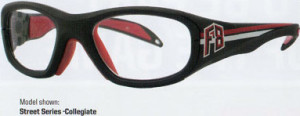
Sports Eye Protection Buying Tips
Use the recommended eye protection table below to find the eye protection safety standard for your sport. Ensure that the protector you purchase meets or exceeds that recommended standard.
For outdoor sports, insist on 100% UVA and UVB protection. Additionally, photochromic (lenses that change color) or tinted lenses are excellent for sports' various light situations.
For both indoor and outdoor sports, antireflective coating add comfort by reducing glare.
Frames must be used with a sports band or retention strap to ensure the frames stay in place.
Recommended Eye Protection (Not a comprehensive listing)
Baseball:
Batting: Face guard attached to helmet
Fielding: Sports goggles with polycarbonate lenses
ASTM Standard F910 (Face Guard Attached to the Helmet) (Batting/Base Running)
ASTM Standard F803 for Baseball (ASTM Specifies Age Ranges) (Fielding)
Basketball:
Sports goggles with polycarbonate lenses
ASTM Standard F803 for Basketball (ASTN Specifies Age Ranges)
Racquetball:
Sports goggles with polycarbonate lenses
ASTM Standard F803 for Racquetball
Soccer / Squash:
Sports goggles with polycarbonate lenses
ASTM Standard F803 for Soccer and Squash
Football:
Face shield attached to helmet
Polycarbonate Eye Shield Attached to Helmet Mounted Wire Face Mask
Volleyball:
ASTM Standard F803 for Basketball
Lacrosse:
(Male) Helmet with full face protection
(Female) Sports goggled with polycarbonate lenses or helmet with full face protection
ASTM Standard F803 for Lacrosse
You Can Take Action
Help prevent a child from becoming an eye injury statistic. If you are a parent, guardian, coach or sports program director of young athletes you are responsible for the safety of their eyes while participating in sports with known eye injury risks.
For the children who need corrective prescription lenses, it is important to know that regular eyeglasses and contact lenses provide little or no protection. In fact, regular eyewear may even cause a more severe eye injury. Talk to Helm Vision Group about protective sports eyewear with your prescription.
While no single device can prevent all injuries, sport eye protection that meets stringent ASTM Standards for the sports being played can significantly reduce the risk of sport-related eye injury.
“Prevent Blindness estimates that over 90% of all sports related eye injuries are avoidable”.
Help kids avoid the sidelines; add eye protection to their game.
www.LibertySport.com | 800-444-5010
Tips for Style
What's your go-to style? Do you like classic, modern, trend, or sport? There are so many different types, variations, and even just names of frame shapes. Most commonly, you may hear of Round, Square, Oval, Rectangular, Wayfarer, Aviator, and Cat Eye styles.
Certain styles often look best on different face shapes and it can sometimes be difficult choosing the right pair of frames. See our Tips for Face Shape to help determine what style will best complement you.
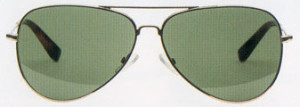
Classic: Aviator and smaller styles.
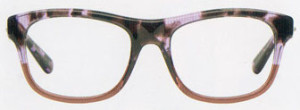
Modern: Wayfarer and oversized frames.
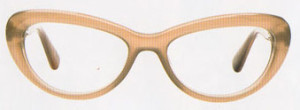
Trend: Cat eye and retro.
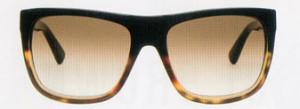
Sport: Oversized, rectangular frames.
Tips for Fit
Ultimately, choosing frames is entirely up to you. These aren't rules, but rather just a few tips for picking frames that fit you best.
1. Make sure your frames fit you from temple to temple - this width is the most flattering. If the frames are too wide or too narrow, the fit may not be right for your facial structure.
2. Make sure your frames don’t cover your eyebrows - frames that do this may be too large for your face or they sit too high on your nose. In the latter case, the bridge can to be adjusted to better fit you.
3. Make sure your frames don't rest on your cheek bones - either the bridge is too loose, causing the frames to sit too low on your nose, or the lenses are too tall. You want to be able to speak and smile without moving your frames!
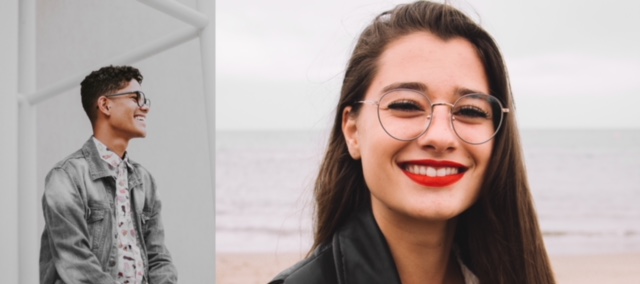
Tips for Color
What do you want your frames to do for you? Would you prefer a subtle complement to your skin tone or a playful pop of color? The right frame color has the power to brighten your face just like blush or enhance your eyes and skin.
Just like your hair color and eye color can have an impact on what colors look best, your skin tone can help you determine what shade would be most flattering for you as well. Warmer shades of brown, gold, copper, pink, green, or red best complement warmer skin tones. Cooler hues of grey, black, blue, pinks and purples go best with cooler skin tones. Tortoiseshell is a great go-to that can complement any skin tone!
If you're unsure of what color would be best for you, our skilled opticians would be happy to help you make the right choice.
COLOR PALETTES:



Nude/Blush: Pop of color



Neutral: Bare face



Tonal: Enhance Skin Tone



Contrast: Bold Statement
Tips for Face Shape
If you have an "Oval" Face
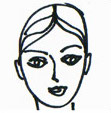
- Go for: Glasses that are the same width as your face. Those with an oval face shape can easily wear most frame styles.
- Avoid: Narrow frames that will make your face appear longer, or frames with heavy design elements that overpower your face.
If you have a “Heart-Shaped" Face
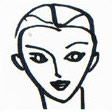
- Go for: Frames that are stronger on the top, or frames that are thin and lightly colored. Round, oval, and cat eye shapes work well for heart-shaped faces.
- Avoid: Glasses that are oversized, have strong patterns or design elements, and are weightier on the bottom.
If you have a “Round" Face
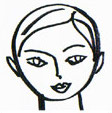
- Go for: Frames that are angular and wide. Square, cat-eye, rectangular, and Wayfarer frames are great choices to complement a round face.
- Avoid: Circular frames, especially smaller ones.
If you have a “Square" Face
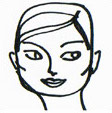
- Go for: Frames with curved or rounded corners to soften your strong face shape. Oval, circular, and even Wayfarer frames are excellent options.
- Avoid: Thick frames with boxy, angular corners.